During my student years, when the possibilities to have a good audio system were limited and I wanted to listen to music, I mainly used headphones. This did not require bulky speakers and allowed me to have a relatively portable set of tube equipment. After the soviet planar TDS-5, my first serious purchase were the Austrian AKG 401s, which, to be honest, slightly disappointed me after a short interaction. By that time, I had already listened to quite decent headphones in various studios and expected more, especially in combination with a tube amplifier. The sound was graphic, monitor-like, not enough large-scale , with bad dynamics. Then came Beyerdynamic, from DT48 (I had 5 or 6 modifications) to DT330 and DT990. I also used Pioneer, Philips, Sony, and many others.
My latest acquisition was Audeze, but the first version lacked sufficient resolution and did not meet expectations. Lately I bought 32ohm Audionechnica 5000 in a wooden case . It is a useful thing with a number of advantages. My search for the «ideal» headphones ended. I know, it does not not exist. Early versions of DT48 remain the best in terms of musicality and the worst in terms of comfort. I concluded that I need to have 3-4 types of headphones for different music and different purposes. However, let’s return to the topic of headphone amplifiers.
Having tried many schemes in my younger years, I returned to a proven solution — an OTL output stage with a 6080 tube ( another version called 6AS7). A transformer tube amplifier in this application is not the best solution. A high-quality transformer is an expensive and complex product. And the week spots of transformers when listening to music through headphones are much less tolerable than in speakers. Every solution is good if it is in its place. In headphones, such things like depth and wide soundstage, openness, absence of resonances, low noise and hum come to the forefront.
The proposed scheme is a stage with dynamic load without an output transformer and an input voltage amplifier. The output resistance of the amplifier is about 100 ohms.
The lower half of the stage has a fixed bias on the «underground resistor». This solution is taken from the circuitry of the 1920s. Despite the fact that such schemes are considered obsolete and not used today, this type of bias provides excellent sound quality.
The rectifier section uses old Philips diodes. The current consumption is too great for tube rectifiers.
The tracks on the bottom of the PCB are coated with gold and a special varnish.
American vintage solder Kester is used .
Input tube is EC86 / 6С3П USSR / 6С4П USSR
This tube has several advantages — high gain, low noise level, high resolution, ability to work at a low anode voltage.
There is a second version of the amplifier, with auto-transformer at the output. This version allows connecting headphones with an impedance of 32 ohms and below.
The plate load of the first stage are Audio Note tantalum non-magnetic resistors. Black Gate capacitors are in cathode circuit.
The choice of other parts is subordinate to the main task — musicality combined with high resolution.
Technical data:
Range: 5Hz…300kHz at -3dB.
Maximum output voltage : 15V RMS at a 600-ohm load.
With the load reduced to 50 ohms, the output voltage decreases to 7V RMS.
Two swithced inputs
10kohm or 50 kohm input impedance ( preorder)
Gain= 35db at 600 ohm load
The amplifier weighs 12kg.
Dimensions 400/400/170 mm.


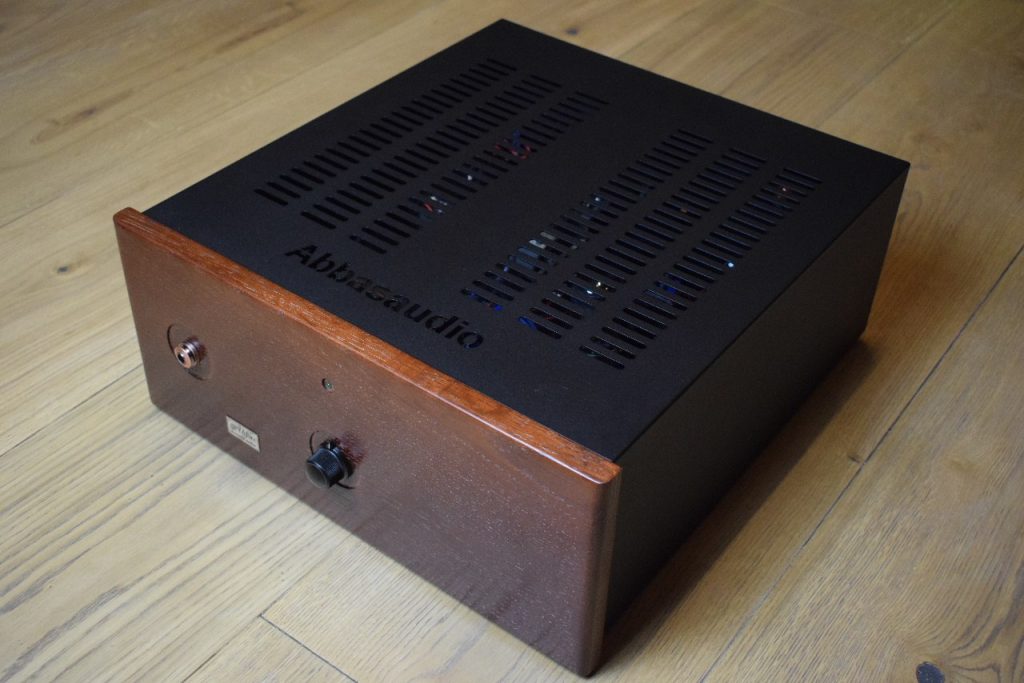
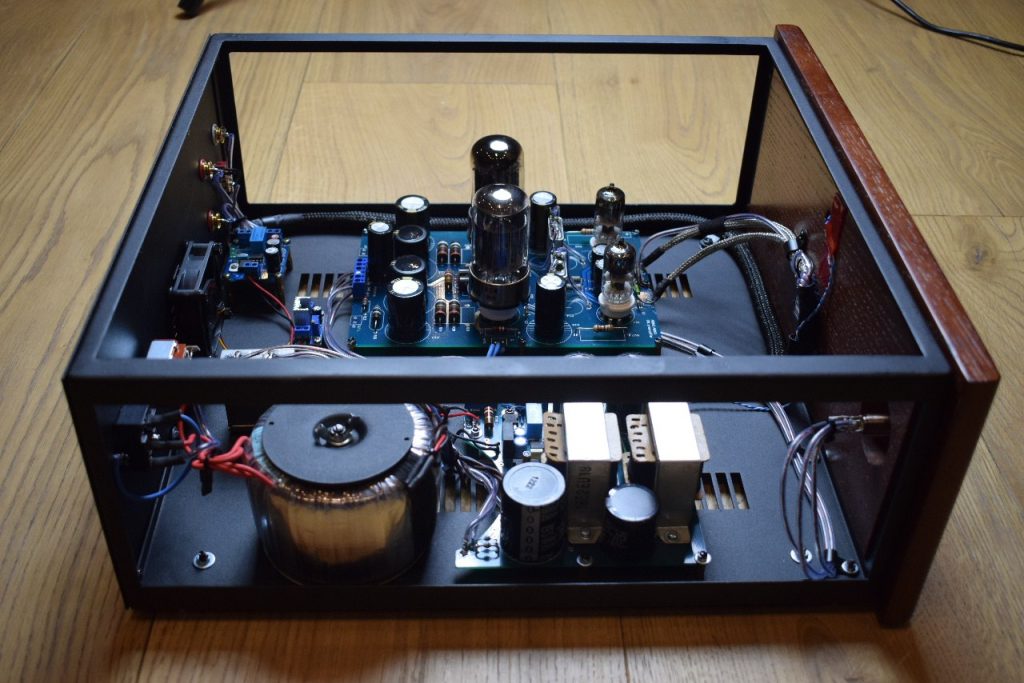
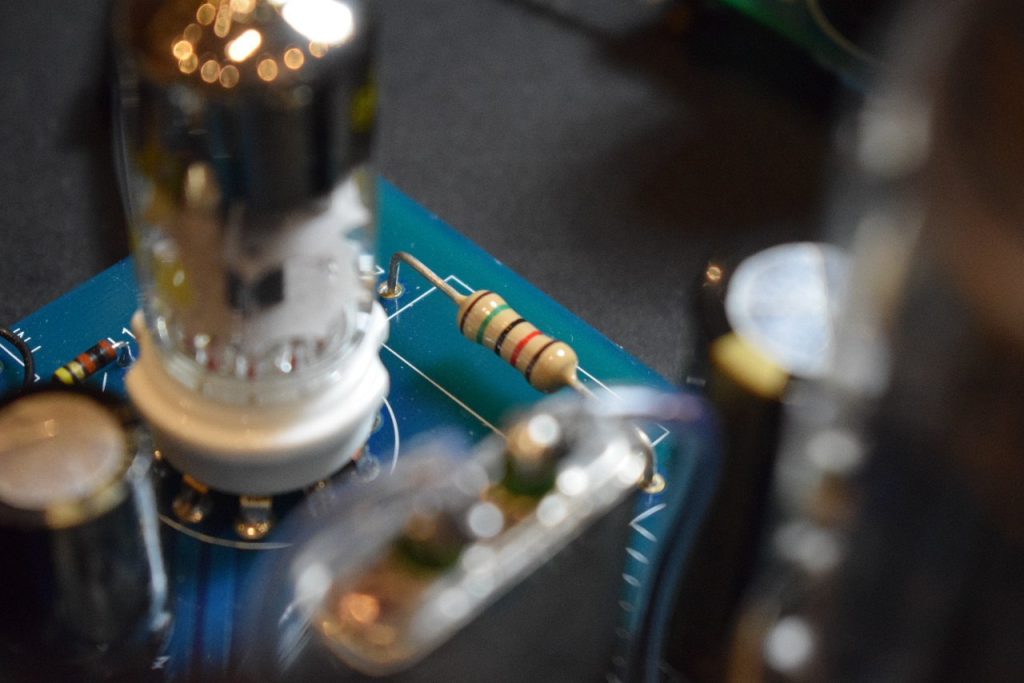
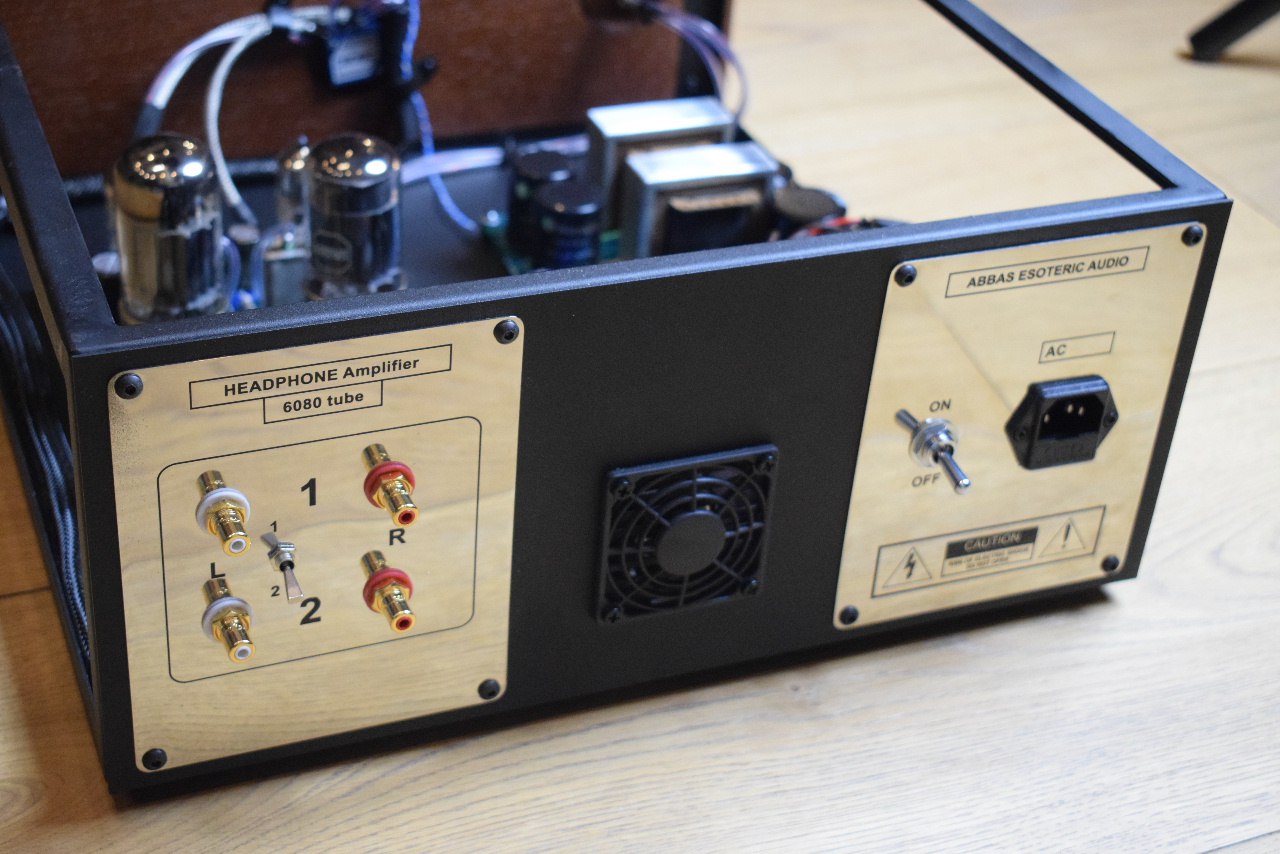
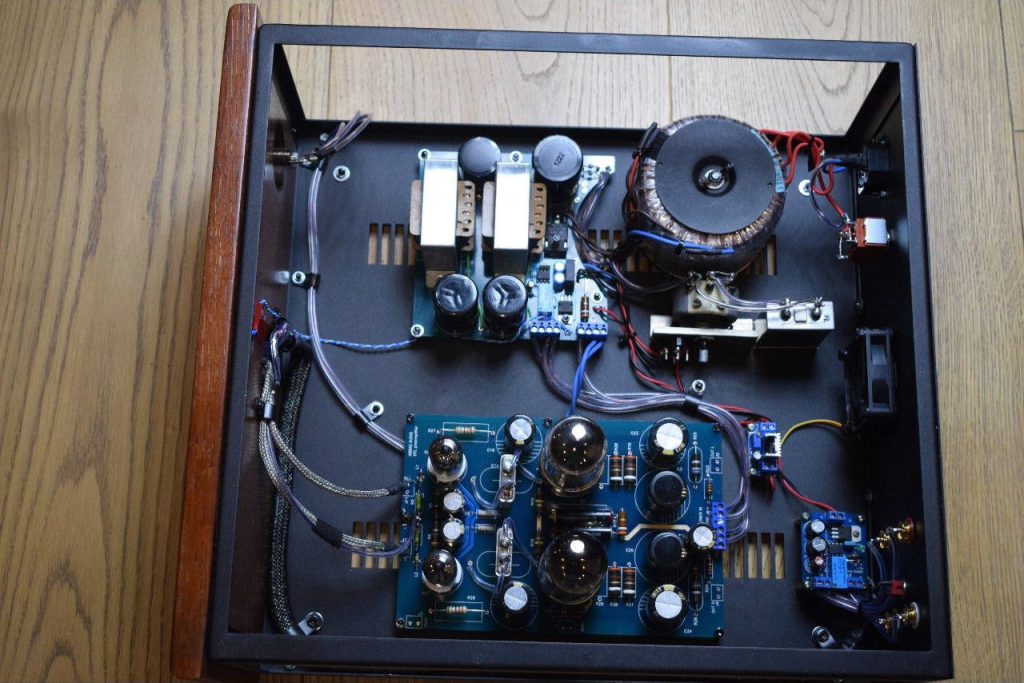
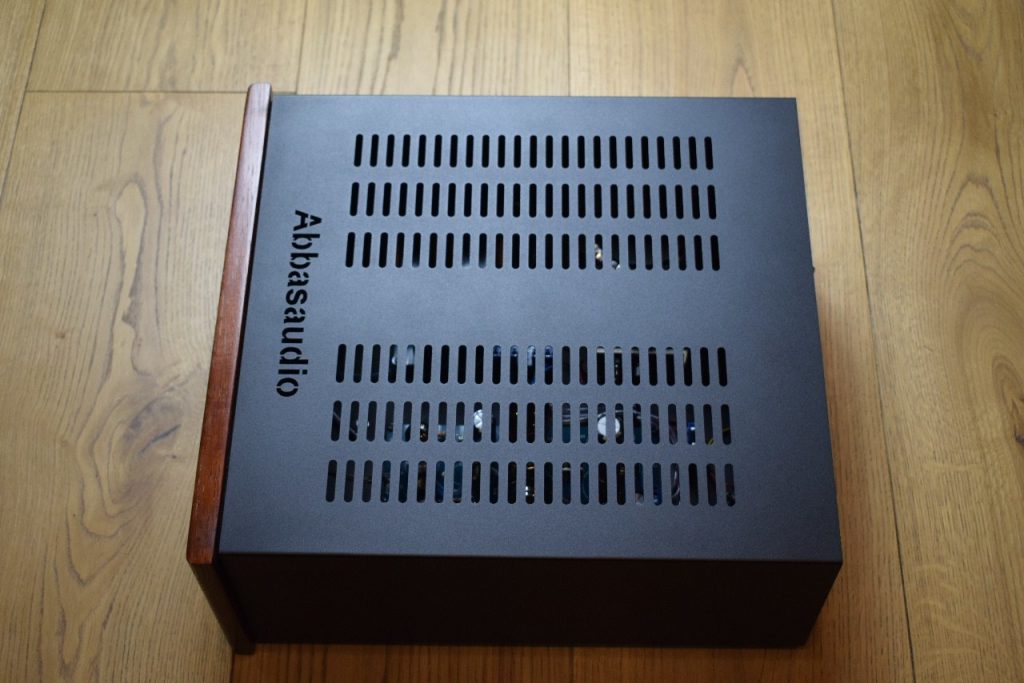
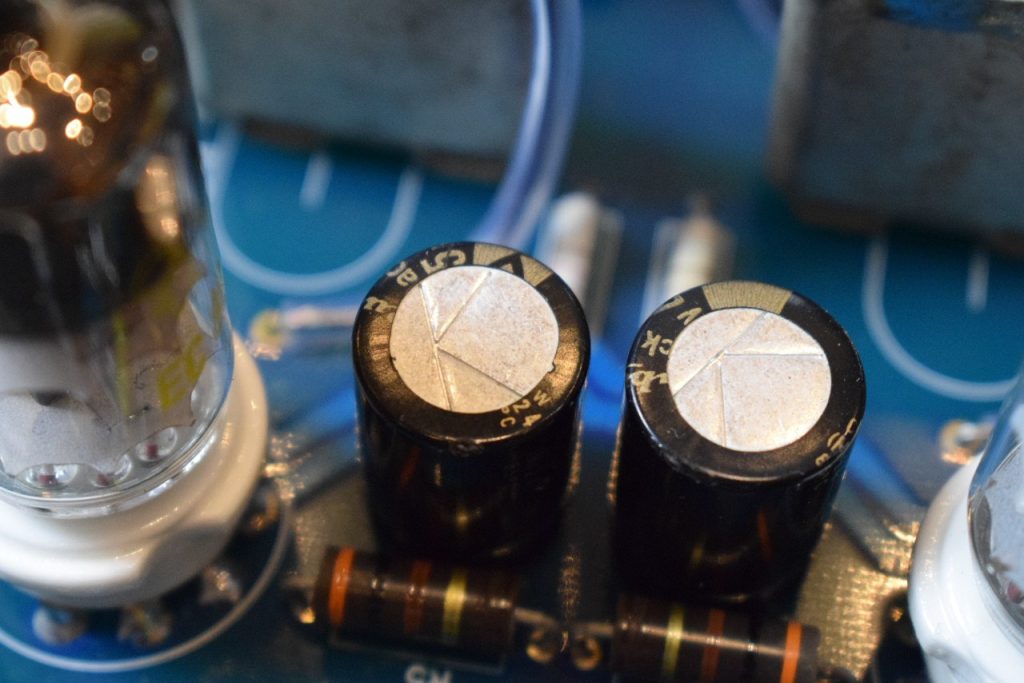
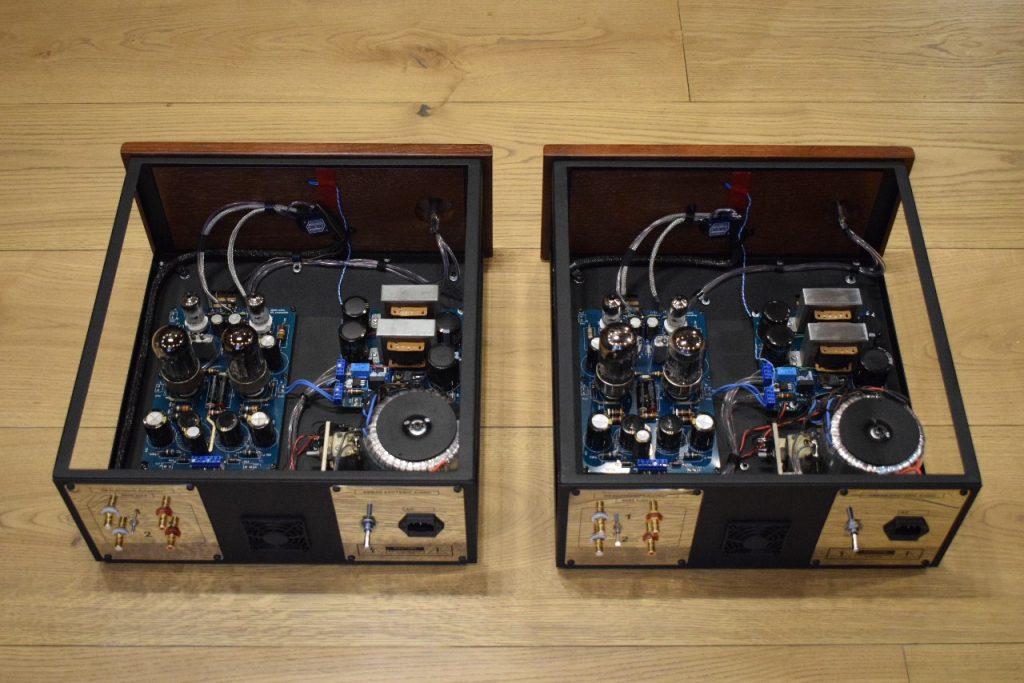
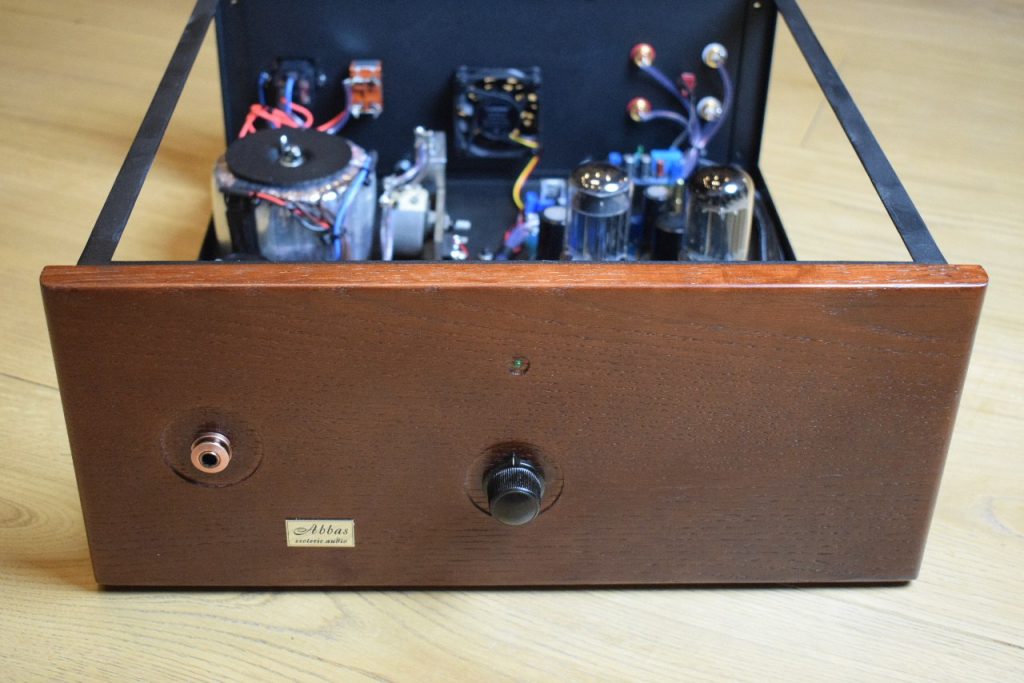
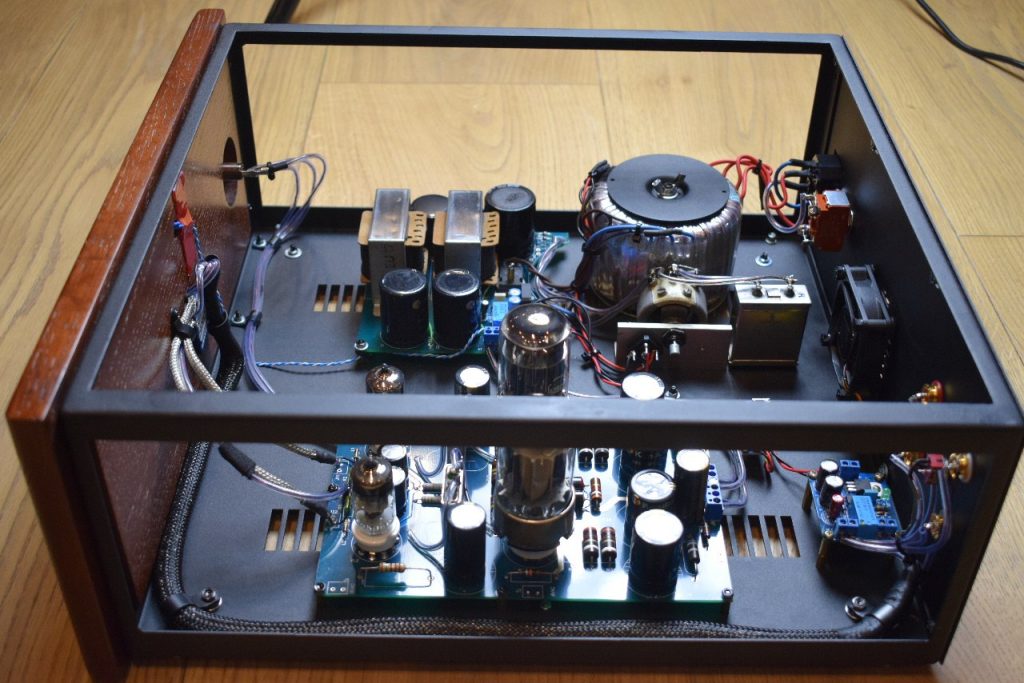


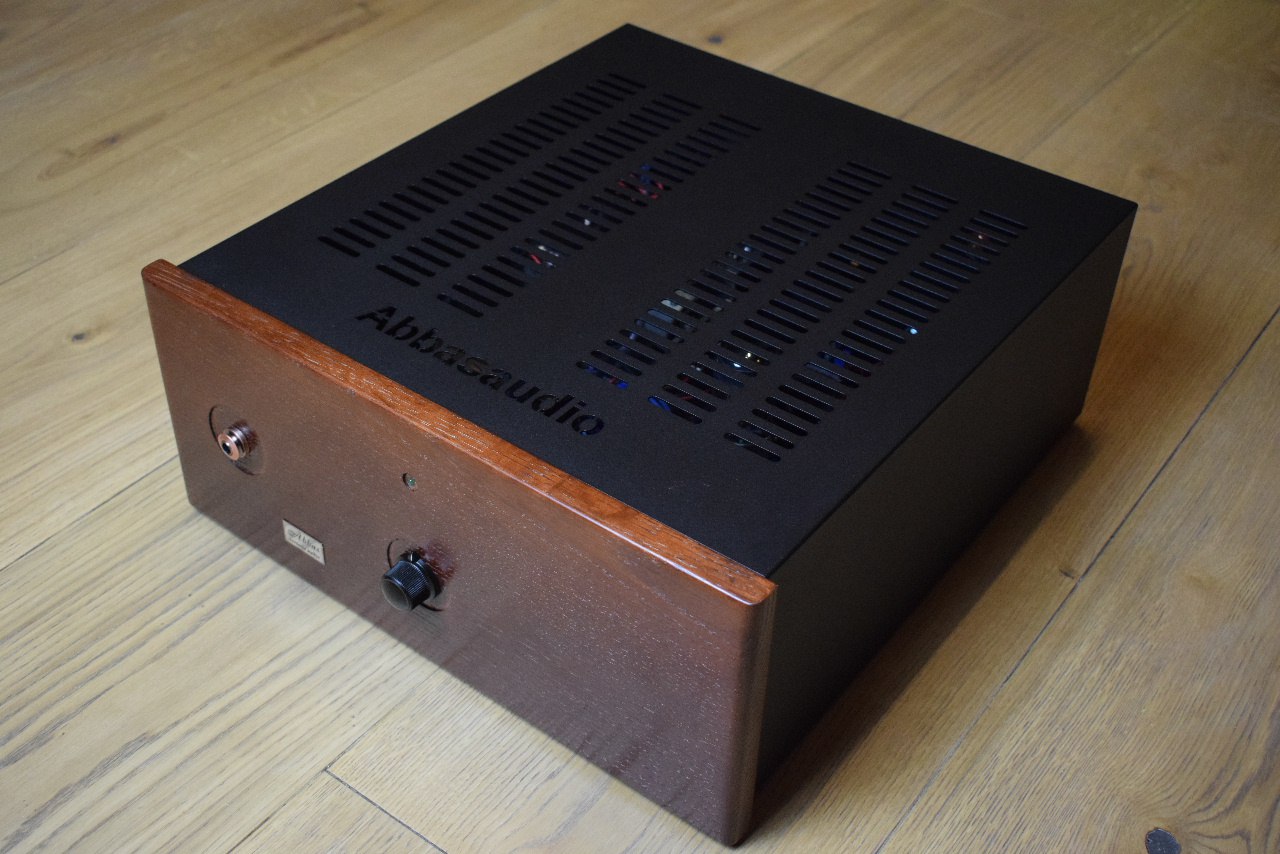
Please use the Contacts page for inquiries or purchases. Such comments will not be published.